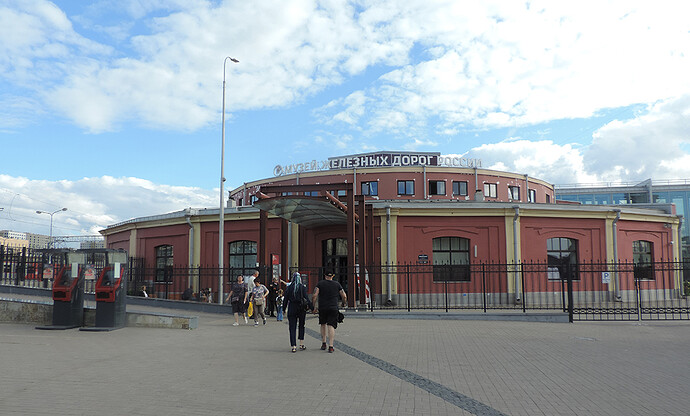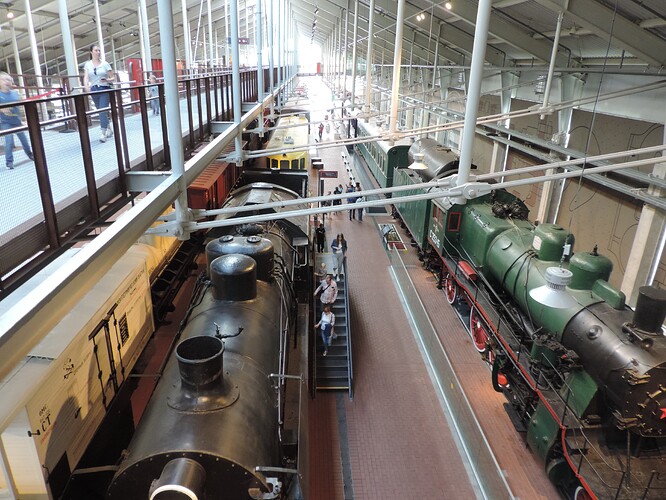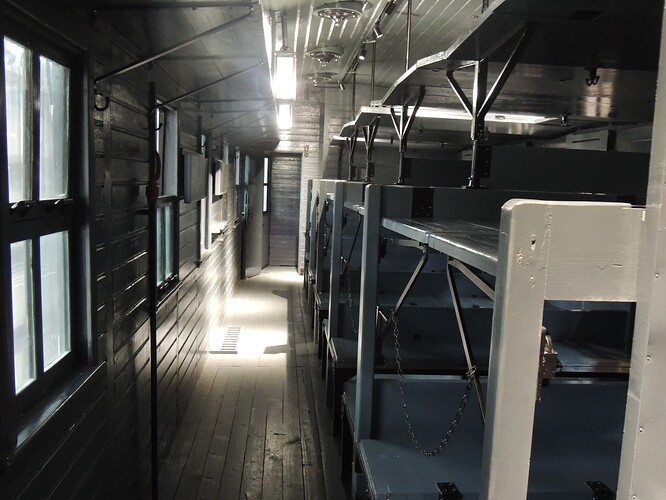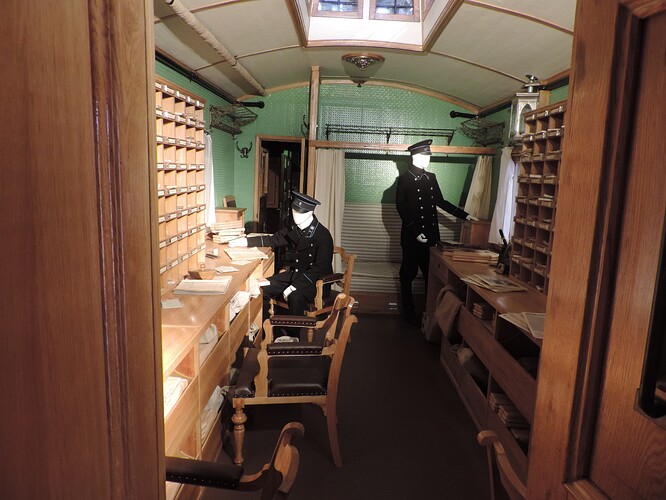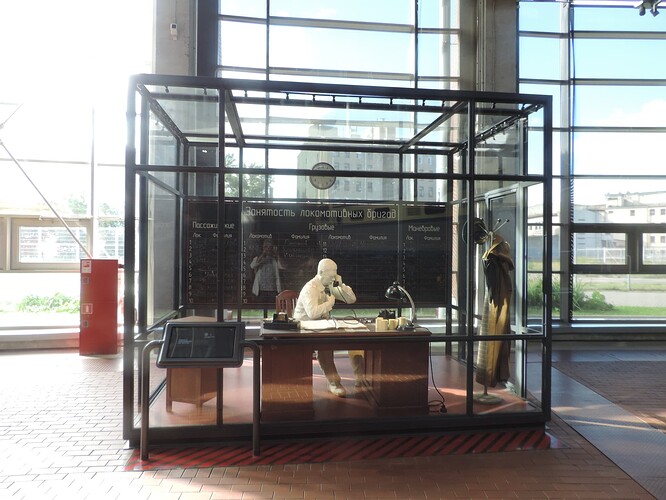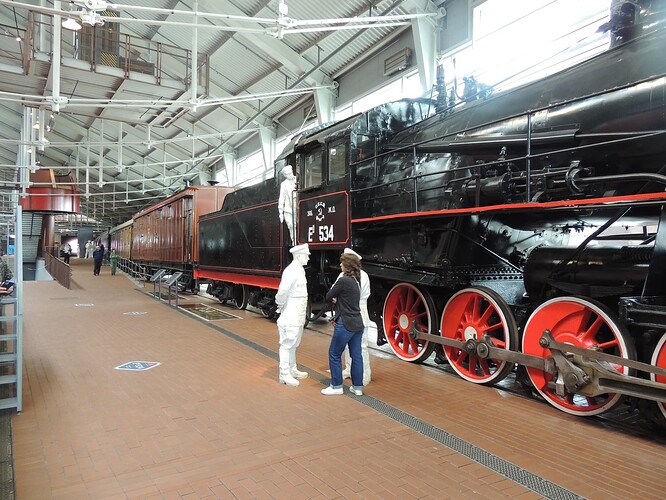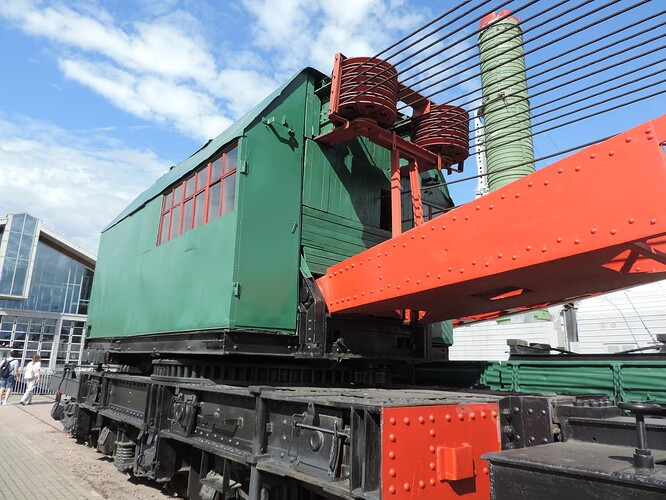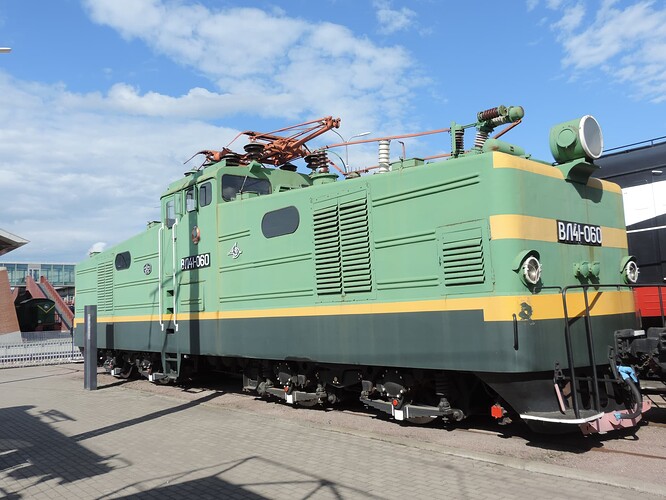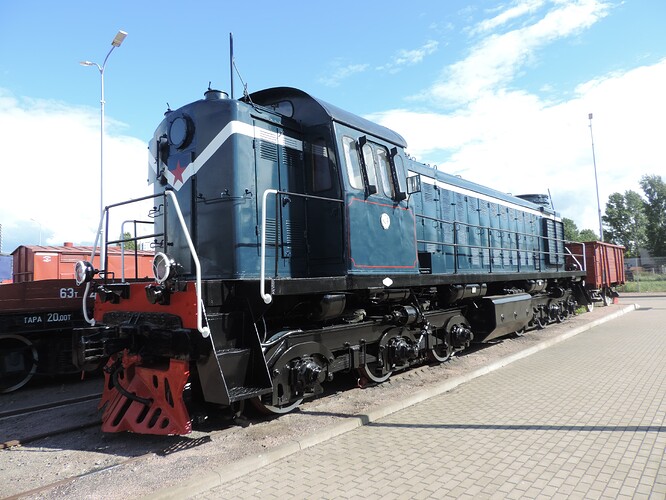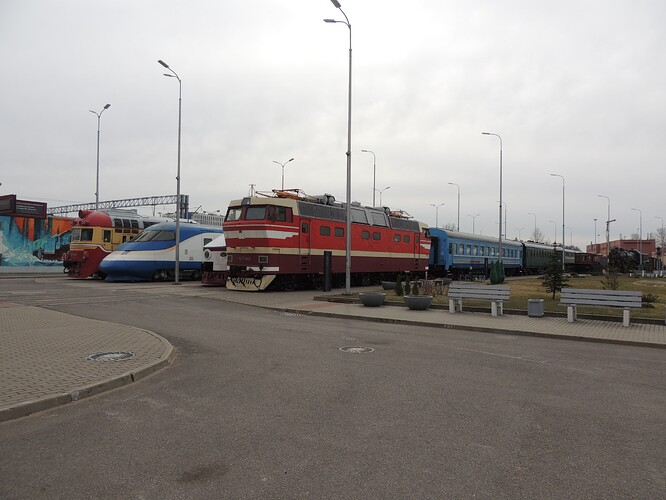I don’t think that the railways of my country will arouse much interest among foreign viewers: the railway track is different and, as a result, our locomotives are unknown abroad. It was Russia that sucked in traction and rolling stock into its vast expanses, but did not give it to others – there was not enough for itself. On our roads there were many trains and carriages of European and even American (lend-lease) manufacture.
So I won’t focus your attention on the exhibits, as I usually do, tediously and meticulously, I’ll show you the museum and the modern Russian museum approach – this museum in this very execution is quite new (since 2017) in the city that we call the second capital or cultural capital – St. Petersburg. The museum is located in the reconstructed building of the former depot of the operating railway station.
In any case, I think that railway lovers and enthusiasts will find this interesting.
You are amazed immediately from the entrance: straight ahead – steam locomotives, on the left – carriages, on the right – a dissected steam locomotive, on top – a web of pipes, rods, beams!
This locomotive itself is an interesting thing in itself.
Through these eyepieces, virtual reality is superimposed on him: water, steam, air – everything is moving.
The only thing is that it’s hard to get through to them: there are always children watching. You can’t fight them!
This locomotive has another unique feature – you can walk under it!
Personally, it was my first time under a steam locomotive. As a rule, whoever gets there is forever.
This locomotive was followed by its brothers,
and then the younger comrades: diesel locomotives
and electric locomotives.
It feels like you’re going in circles!
And that’s exactly what it is: along a huge turning circle, and even with a steam locomotive.
I won’t, as I usually do, dwell on each exhibit in detail. Firstly, there are a lot of them, and secondly, they are quite close together. So let’s just go look at the steam locomotives.
If there is a ladder, then you can climb up and look. But the museum workers are cunning: they covered it with glass – it’s safer.
I never pass by the passenger steam locomotive P36, and it’s impossible: it’s a beauty!
However, freaks attract no less attention. How do you like this fireless steam locomotive?
Diesel locomotives don’t really excite me,
even if you make a diorama with them on a 1:1 scale.
And electric locomotives, not particularly – only if they are of an early design.
This is the first fully built in the USSR direct current electric locomotive. The American electric locomotive of the General Electric company was used as a basis.
I love all kinds of railway gibberish, regardless of the driving force.
Besides the fact that you can walk under the locomotive here, you can also walk above them. There’s a staircase over there.
Let’s go and see!
If you run there, be careful not to break the glass.
Have you broken it yet? Well, okay, there’s another one just like it.
PS. I told you about faceted glasses the other day. They are associated with vodka only for those who drink vodka. For everyone else, they are associated with train travel.
The classic activity on Russian trains is to drink tea.
Sometimes vodka too.
What else is there to do there? The Moscow-Vladivostok train takes a week!
To be continued…
